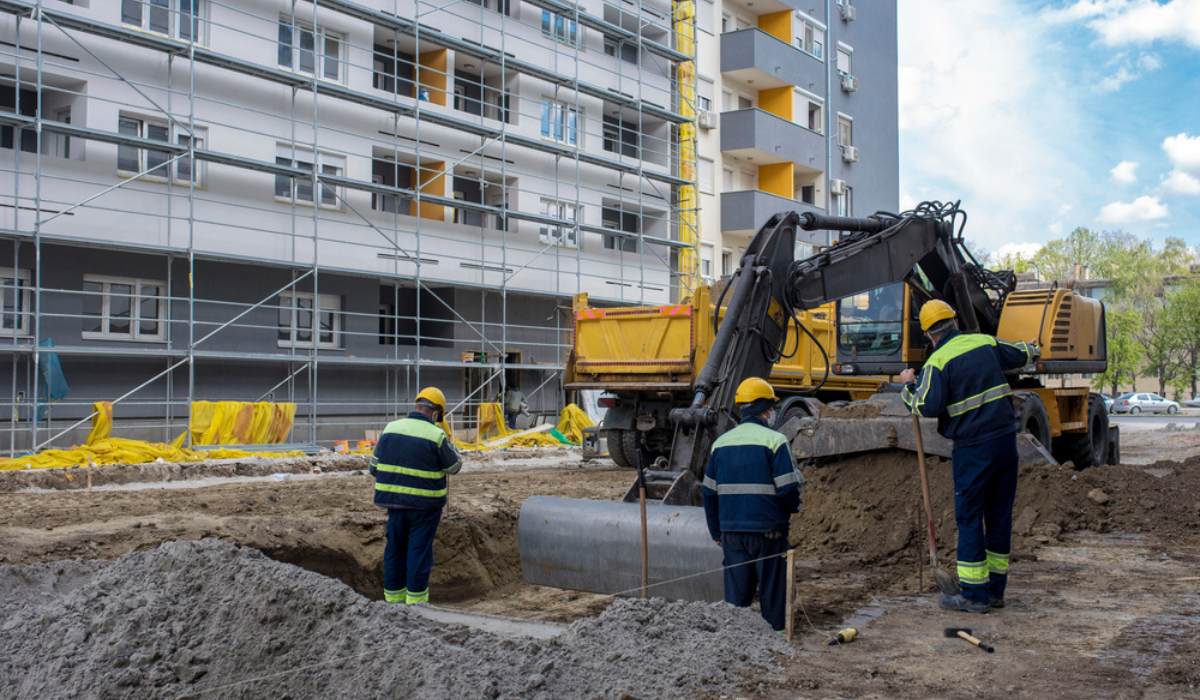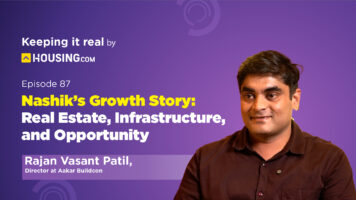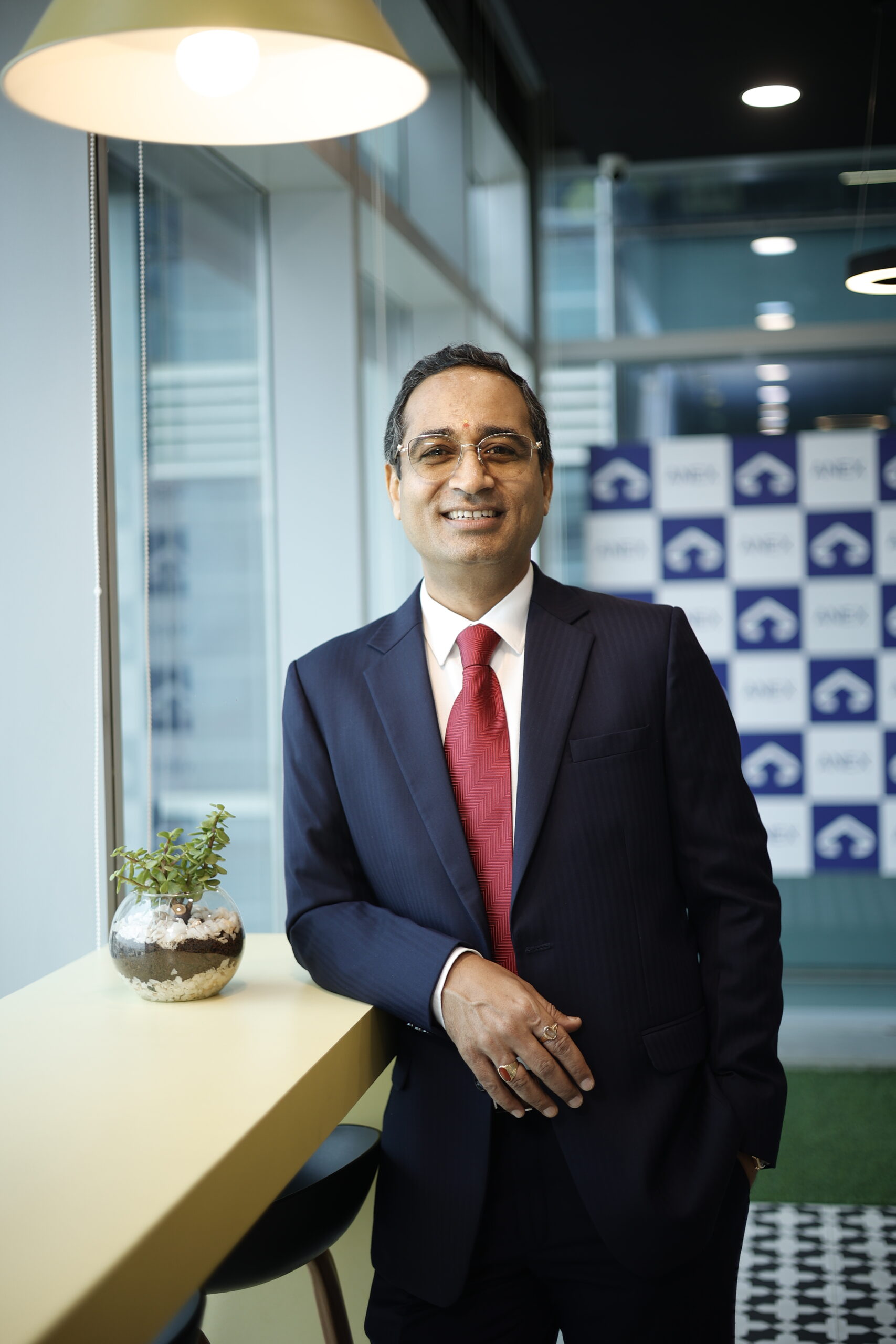The Mumbai Metropolitan Region (MMR) is at a key stage in its urban growth. The city’s geographical position allows expansion only in one direction. In the past fast development used to be difficult due to rigid policies and outdated systems. Most greenfield plots have been consumed over time.
This was addressed when the government started modifying policies. New development norms were set in 2012 and improved later with the DCPR 2034 in 2018. Redevelopment premiums in 2024 were lowered making projects more appealing. A new rule from 2025 streamlined things even more by providing developers only two months to execute plans.
Redevelopment is today more than just a possibility. It allows housing societies to modernize their residences, enjoy upgraded facilities, and improve the quality of life. However, these benefits do come with risks. Societies have to meticulously plan, collaborate, and choose the right partners to execute successful plans.
Important points for societies planning redevelopment activities
Mentioned are pointers to follow.
Arrive at a collective decision
The first step is understanding the non-negotiable deal breakers of the members, both for the sake of order and for helping with a streamlined process that brings clarity to the approach. Having a shared vision means that any developer selected shall meet the expectations and thus no parties come out disappointed.
Concentrate on development that is future-ready
To go beyond simply adding more floors or increasing flat sizes, the redevelopment should enhance the quality of life. This involves creating open spaces, safe access for the elderly, appropriate parking, and also including properly designed services that cater to all ages. A successful redevelopment is one that promotes multi-generational living.
Anticipate potential future costs
These projects will have long term effects, and additional impacts like social sustainability has an increased environmental impact along with increasing maintenance costs. Societies should aim for eco-friendly and budget-friendly designs featuring natural ventilation, green spaces, installation of solar panels, and rainwater harvesting. Partnering with developers specializing in green buildings will help minimize future expenses.
Keep stakeholders informed
From picking a developer until the completion of the project, stakeholders need to be educated and informed at all steps of the redevelopment process. Hiring a neutral PMA ensures that there is no bias while upholding responsibility in the management process. Equally important, legal counsels must be engaged at the beginning of the process to prove to the members that their interests will be protected. No agreement should be made without ample explanation and clarity.
Developer evaluation
The society’s decision cannot be based exclusively on the financial proposal. The commercial offer by itself should never be the deciding factor. It is critical that the developer’s proposed financing, technical skills, and reputation in the market are thoroughly assessed. The history of a developer is the best indicator of what they are able to deliver. A good developer does not just meet deadlines; he or she also protects the owner’s value of the asset over time.
Responsible use of society funds
Redevelopment financial benefits, especially hardship funds like corpus should be regarded as a buffer against costs to be incurred in the future and not viewed as free funds to access. Societies & members must exercise utmost discipline in safeguarding these funds to prevent strain post redevelopment.
Ultimately, the social decision shapes the structure, which blends construction for the current day with a form that is ageless. If done with reason, the benefits to the deepening of community ties and everyday living are immense, and homes truly become homes for multiple generations.
-The author is CEO & MD, Anex Advisory.
| Got any questions or point of view on our article? We would love to hear from you. Write to our Editor-in-Chief Jhumur Ghosh at jhumur.ghosh1@housing.com |







